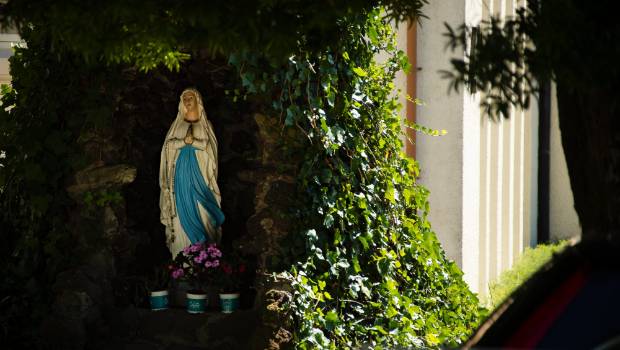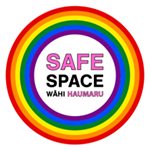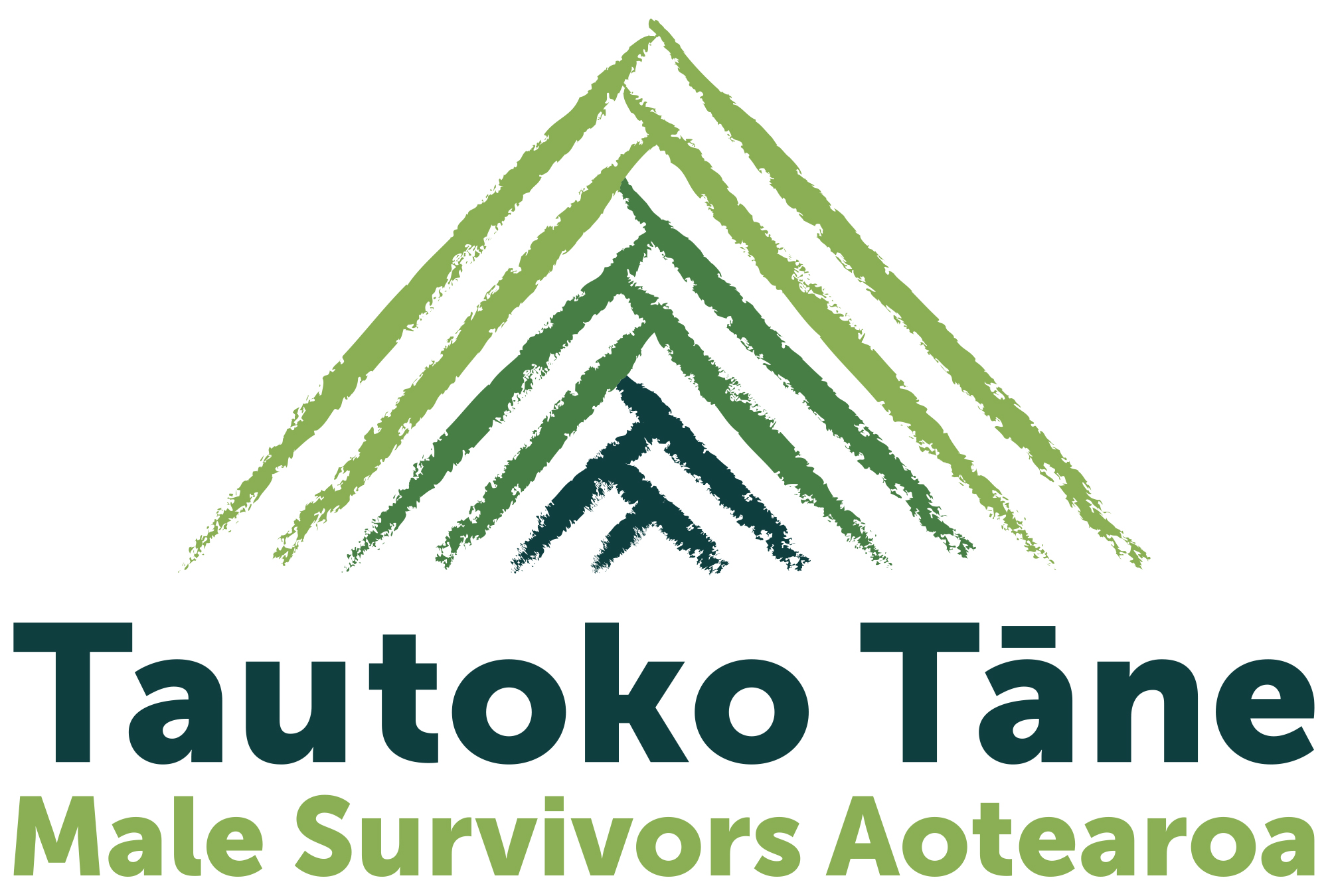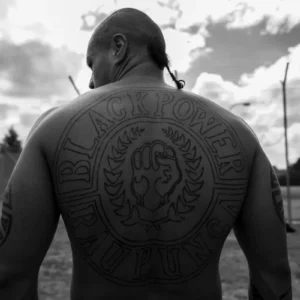The Marist Brothers and Fathers have educated prime ministers, judges, cardinals and All Blacks at their Catholic high schools. But their record of sexual abuse is horrific. Worse still was their handling of the abuse when it was exposed. In this series The Secret History, Steve Kilgallon investigates the power, abuse and cover-ups at the heart of two highly influential and wealthy religious groups.
This is Part 1. The remaining parts will be published over the coming weeks.

Photo: Stuff
Warning: This story may be upsetting to some.
When John Wilson* was 12 years old, he was repeatedly raped and sexually abused by his school principal, Kevin Waters.
Over two years at Christchurch’s Xavier Intermediate, John was groomed, then threatened, beaten, and even burned with a cigarette lighter. He was an altar server, and Waters would trick John by summoning him to the city’s Catholic cathedral on the pretence of helping at a mass, then abuse him.
“As a 12-year-old boy, to have this towering guy standing over you in a black robe: he was very intimidating,” John says. “He was a horrible man.”
Waters, usually known as Brother Giles, was part of a religious order called the Marist Brothers – a Catholic group dedicated to education.
John told his deeply-religious father, who refused to believe him; it destroyed their relationship.
The abuse created other lifelong damage. Petrified of going to school, John quit at 14 and went to work cleaning truck filters; he never completed his education.
He attempted suicide twice as a young man, and only finally opened up about his abuse when it threatened his marriage.
If he sleeps unmedicated, he’s woken by nightmares.
“It tears you apart emotionally,” he says, 41 years later. ‘’That’s where my past suicide attempts came from. You get beaten down when you think about what you’ve been through. You try and keep it together, because I’ve got young children and a marriage, but when you start letting it get to you, it wrecks you.”
Waters taught for over half a century at schools around the country before his death in 2011, aged 83, a death marked in the Marists’ newsletter with a eulogy which celebrated his “special care for the underdog and … searching love of God”.
John says he has personally identified at least 10 other survivors of Waters’ abuse. There’s evidence that complaints made – in the 1950s, 60s and 70s – while Waters was still teaching were ignored.
John’s story is one of many. For this series, Stuff has interviewed 21 survivors of horrific, often long-lasting abuse by the Marist Brothers (founded in 1817) and the Marist Fathers (founded in 1816), officially known as the Society of Mary.
The two related groups now have just 179 living members in New Zealand, but they’ve left an often barely-acknowledged trail of sexual abuse of children in their care.
Whenthey first came ashore on the Hokianga harbour in Northland in 1838, the Marists planned to educate the “savages” and keep the Catholic faith alive.
Jean-Claude Pompallier, the man dispatched to lead the mission from the Marists’ founding place of France, left “quite happily for the end of the world … for those savages who do not know of our saviour”.
The Fathers led the original mission, but it was the Brothers who began establishing schools in 1876. The Government didn’t fund religious schools, so these were often overcrowded, full of working-class Irish with unpaid Brothers at the chalkboard.
By 1880, they had 131 schools nationwide, while another boom with the arrival of compulsory secondary education in 1946 saw a fresh wave of boys’ high schools. Both groups now own major high schools nationwide.
At their peak, the Brothers supplied 100 teachers across New Zealand high schools and another 60 across primaries and the Pacific. They also established an old-boys network which began with a library and billiard room in Auckland in 1904 and expanded into a network of soccer, cricket, rugby, league, athletics, boxing, swimming and basketball clubs in most of the big cities.
It meant the two groups exerted a huge influence over New Zealand society as the biggest providers of Catholic education, one given to about 9% of Kiwis. They reached many more through that sporting network.
Marist old boys graduated into the hierarchies of the police, civil service, judiciary, media, sports and the church. The centenary history of the Brothers’ flagship Auckland boys’ high school, Sacred Heart, boasted of educating a cardinal, five bishops, 137 priests, 30 religious brothers, four Rhodes Scholars, 36 university professors, four knights, 10 judges, a Commonwealth head of state, five MPs, three cabinet ministers and over 100 international sportsmen, including 20 All Blacks and a cricket captain.
That history, however, didn’t mention that a former headteacher, Ken ‘Brother Bosco’ Camden, was among a long list of paedophiles active in both orders.
By its own conservative statistics, the New Zealand Catholic Church reckons about 7% of its priests are paedophiles. It considers the number in religious orders – monks, nuns and brothers – to be much higher, at around 14%.
The church’s own statistics record 157 allegations made against 59 Marist Brothers between 1950 and 2021 – about 12% of the order’s 484 members. The Society of Mary – the Marist Fathers – had 118 complaints against 43 members – about 6% of its 781 priests.
But campaigners believe the real figures could be double that or more: the church kept no records before 1995, and many, many victims were silenced or never complained. Internationally, it’s believed only 25-30% of sexual abuse victims ever come forward. Even the church itself considers the figures too low: the Marist Fathers’ Tim Duckworth says: “I believe that all incidents of sexual abuse and violence are underreported.”
The church has had a problem with child sexual abuse since the very early days of Christianity, with documents back to the Synod of Elvire, in 305AD, discussing the issue.
But, says Father Tom Doyle, a worldwide expert in Catholic sexual abuse, the modern church has always opted for secrecy, protecting its hierarchy over its victims.
“It has been buried in secrecy,” he says. “Because they realise if this becomes known, the credibility of the institution is going to sink like a bowling ball in a lake.”
New Zealand wasn’t immune from this culture. In 1934, Michael Liston, the seventh Catholic bishop of Auckland (1929-1970), received a complaint from a woman that a priest had sexually harassed her daughter. His reply, quoted in Nicholas Reid’s biography of Liston, said: “I am sure you will see to it that the incident is not spoken of.”
Doyle says the cracks began to emerge with a 1984 case in Louisiana, which media covered, rather than ignored; then in 1989, widespread abuse was exposed at a Christian Brothers orphanage in Canada.
Pope John Paul II initially dismissed the discovery of paedophile priests within his church as a specifically “American problem” – but soon it was in Ireland, Austria, and everywhere else.
“The only places on this globe where there has been no evidence of sexual abuse by priests is the kingdoms of Bhutan and Nepal, because there are no priests, and Antarctica, because it is all penguins,” says Doyle.
In 2002, the bomb exploded for the Catholic Church. The Boston Globe’s investigative Spotlight team exposed systemic sexual abuse among Boston priests – and the cover-up engineered by their leader, Cardinal Bernard Law. Their work was turned into the 2012 Oscar-winning film Spotlight.
The Boston Globe exposé triggered a worldwide wave of sexual abuse claims from survivors. A report later commissioned by the church itself from the New York-based John Jay Institute would identify 2002 as the “peak” of the crisis for reporting cases (the actual peak of offending happened some time in the mid-1970s).
The wave moved fast, hitting New Zealand that same year. A television documentary triggered 137 calls to a hotline set up by the Marist Fathers.
But – as in so many other cases all over the world – the Fathers had known there was a problem long before they admitted anything publicly. Chanel Houlahan, a Marist priest from Auckland who was an expert in rehabilitating paedophiles, told the Marist Fathers in the mid-1990s of the abuse problem in their midst. He was ignored.
“We were horrified… we weren’t being engaged with in any way to advise the church,” he says.
Until 1995, all branches of the New Zealand Catholic Church settled cases confidentially. No records were kept and abuse was treated as a moral failing to be resolved between priest and superior.
In 2002 the New Zealand church’s most senior clerics met to finally confront the issue – and work out how much to pay its victims. They decided to keep the amounts secret. And as low as possible.
“Our objective is not to evade any moral obligation we might have to redress injustices, but is to exercise responsible stewardship over the resources that have come mainly from the Catholic people … the Catholic people have already contributed to the ACC fund set up by the Government specifically to meet those needs”.
Both Marist groups – the Brothers and the Fathers – were at the meeting, and were enthusiastic subscribers to that approach. The Marist Fathers decided its maximum payout would be just $20,000 (later $30,000) – or $10,000 if the abuser was dead. The Marist Brothers adopted a slightly lower scale.
To this day, New Zealand survivors are paid pitiful amounts compared to multi-million settlements overseas. The Catholic Church here – and the Marists in particular – have pursued a deliberate policy to limit payments.
Both Marist groups are extremely wealthy, owning huge residential property holdings, cash, shares and debentures – and the hugely profitable Mission Estate vineyard. Stuff’s research suggests the two Marist groups are worth, at a conservative estimate, about $400m.
Both have made concerted efforts to minimise their payouts to survivors. In this series, Stuff will show how well-paid lawyers took on complainants to dissuade them from taking legal action.
None of the survivors spoken to by Stuff received more than $50,000 in compensation. But almost all have suffered deep lifelong impacts.
Three spent the majority of their adult lives serving multiple prison sentences. Some have had drug problems, and some have suffered severe mental health issues. Most reported difficulties in forming personal and professional relationships, struggles with authority figures, and loss of religious faith, or “soul murder”. Many blame themselves: “I’ve lived a life of continually trying to make up for being a bad person,” says one survivor.
Evading justice
A row of gravestones in Auckland’s Waikaraka cemetery marks the last resting place of many Marist Brothers. Dotted among them are convicted paedophiles; even more numerous are those credibly accused, but who died without ever facing justice.
In this series, we will expose the structures that allowed this abuse to flourish, unpunished, at the highest levels of both societies, allowing these men to go to their graves with reputations untarnished.
We will show how Marist authorities failed to stop it, failed to investigate it, turned a blind eye, and when finally confronted by the truth of the abusers in their midst, failed to create safeguards to prevent reoffending.
We will show how these men were able to hurt multiple victims over long, decorated careers – and how several, like Kevin Waters and Ken Camden, ascended to the rank of headteacher at some of New Zealand’s most prestigious schools. Often, the paedophiles grouped together in clusters at a single school.
Adopting what Tom Doyle calls the “universal playbook”, offenders were moved when complaints came to light, allowing them to continue abusing in other towns and cities, or sometimes in the Pacific Islands. We will expose how offenders were quietly shifted into new roles with easy access to children even when complaints had been laid.
Murray Heasley is a leader of a support group for survivors called the Network of Survivors of Abuse in Faith-based Institutions and their Supporters. “The Marists arrived in New Zealand inspired, in theory, by the example of the Virgin Mary,” he says. “But they proved to be the harbingers of horror, of remorseless and incessant child sex abuse made worse by its concealment and shifting of predators.”
Both Marist Brothers and Fathers have apologised. In a statement, the Fathers’ Tim Duckworth said: “It should never have happened. I struggle to understand how some members of a congregation … should have offended so despicably against innocent and vulnerable young people and adults. I am sorry.”
Marist Brothers delegate Peter Horide said: ‘’’I am deeply conscious that this is a cause for shame, for regret, and that the people who have experienced these things are going to be deeply distressed. We apologise that this ever happened it shouldn’t have happened and their pain is something we are very conscious of.’’
‘It wrecked my life’
The Marist Brothers apologised to John Wilson, but have yet to agree to any compensation for his horrific abuse.
Their offers, he says, have been “insulting”. While he won’t name the precise figures, he says they would only cover his lawyers’ bills, which stand at $15,000.
The abuse “wrecked my life”, John says. His siblings – who weren’t abused – are both wealthy and highly successful. He’s always led a solitary, self-employed life.
“I’m not living the lifestyle I could have lived, because he [Waters] stole it from me … I can’t work for other people. I’ve struggled engaging with people. I’ve struggled to hold down friendships.”
Sometimes he emails the Brothers in the early hours. “I let them know I am wide awake. ‘How are you feeling?’
“This is my world. It never leaves you. I wouldn’t wish it on anyone.”
This is Part 1. The remaining parts will be published in the coming weeks.
CORRECTION: An earlier version of this story misidentified Waikumete Cemetery. The correct cemetery is Waikaraka. It also incorrectly described Murray Heasley’s support group as the Network of Survivors of Church Sexual Abuse and their Supporters. The group’s correct designation is Network of Survivors of Abuse in Faith-based Institutions and their Supporters. Amended 8.10am, July 2, 2022.
By Steve Kilgallon
02/07/2022




